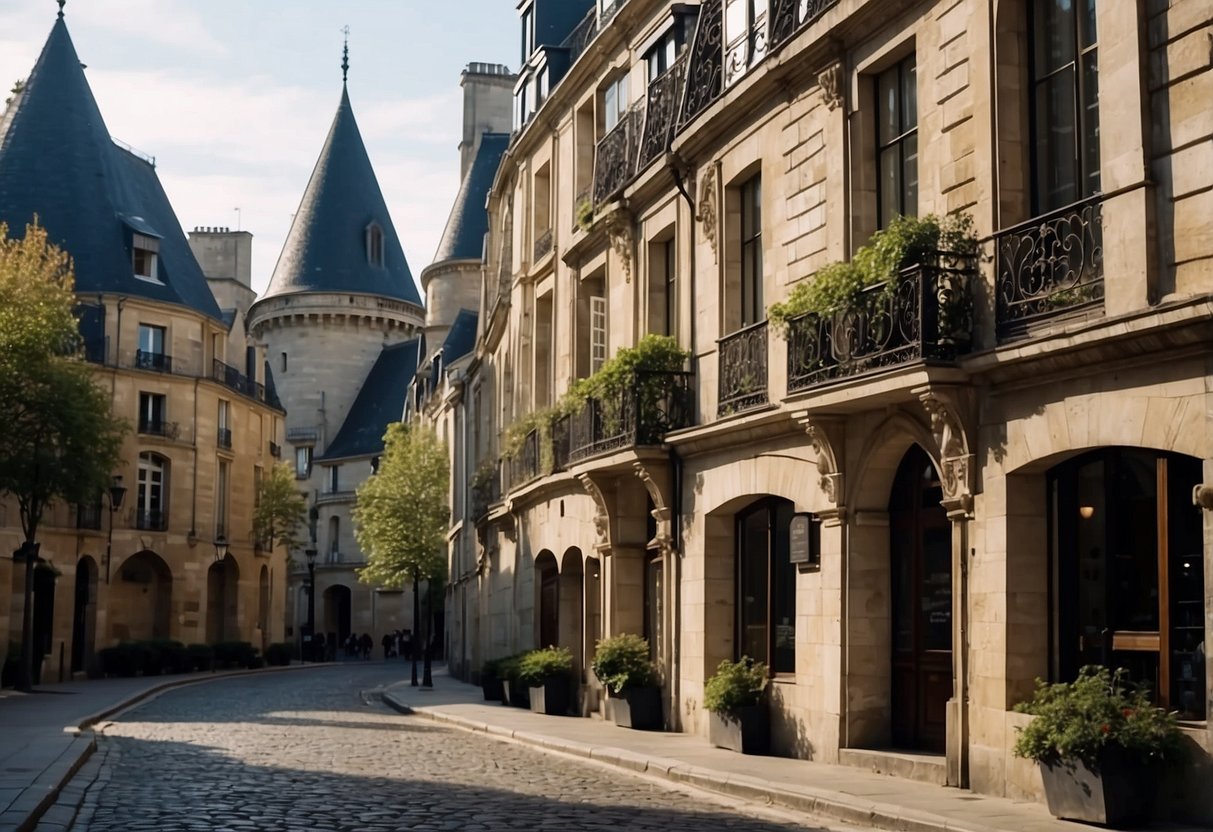Top 10 European Guided Tours for History Buffs: Explore the Continent’s Rich Past
Medieval Mysteries: Tours in Paris

Paris offers rich historical tours that take visitors through some of its most iconic medieval landmarks. Expect to explore hidden stories and architectural marvels from the Middle Ages.
The Louvre’s Lesser-Known Histories
Although celebrated for its vast art collection, the Louvre also holds captivating medieval secrets. Originally a fortress built by King Philippe Auguste in the 12th century, the Louvre’s foundations still showcase remnants of its defensive walls and dungeons.
Visitors can tour the medieval moat and explore the Salle Saint-Louis, a 13th-century hall that offers a glimpse into the Louvre’s past. The museum’s exhibits in this area often feature artifacts from daily life in medieval Paris, including weaponry, pottery, and even parts of the original fortifications.
Notre-Dame and the Heart of Parisian Gothic Architecture
Notre-Dame Cathedral stands as a testament to Gothic architecture. Built over a span of 200 years starting in 1163, this cathedral not only impresses with its grand facade but also with its detailed interior. Visitors are often drawn to its intricate stained-glass windows, the most famous being the rose windows.
While exploring, one can admire its rib vaults, flying buttresses, and sculptural decoration that narrate biblical stories and medieval life. Beyond the architecture, visitors may also access its towers, providing a panoramic view of Paris and a closer look at the iconic gargoyles that guard the cathedral.
The Enlightenment Era: London’s Guided Walks
London offers rich guided walks that highlight key Enlightenment sites. Visitors can explore renowned institutions and revered historical landmarks linked to pivotal events and figures of this intellectual movement.
The British Museum and Beyond
The British Museum, established in 1753, is an essential stop on any Enlightenment-era tour. It houses vast collections reflecting human history, art, and culture. Included are artifacts like the Rosetta Stone and Parthenon sculptures, which illuminate the era’s thirst for knowledge and cultural appreciation.
Guided tours often extend to nearby Bloomsbury, where Enlightenment thinkers gathered in salons and coffeehouses. These walks showcase locations that fostered intellectual exchange and debate. Attendees can learn about figures like Sir Hans Sloane, whose collection formed the museum’s foundation.
Westminster Abbey and the Royals
Westminster Abbey, founded in 960 AD, holds significant ties to the Enlightenment through its association with key historical figures. Tours often focus on the Poets’ Corner, where Enlightenment writers and poets like Alexander Pope and Samuel Johnson are memorialized. Their works greatly influenced the period’s intellectual landscape.
Visitors can explore the Abbey’s royal connections, such as the coronation site of numerous monarchs. These ties to the British royalty provide context for the political and social shifts of the era. The intricate architecture and storied past of Westminster Abbey offer a deeper glimpse into Enlightenment-era Britain.
Berlin’s Checkered Past: Guided Tours Through Time
Berlin offers a variety of guided tours that take visitors through its rich and complex history. These tours cover different eras, each significant in shaping the city’s identity.
One popular route includes visits to key Cold War sites. Participants can explore remnants of the Berlin Wall and visit the Checkpoint Charlie Museum. These locations provide insight into the city’s division and subsequent reunification.
For those interested in World War II, there are tours that take them to historical landmarks associated with the Nazi era. Sites such as the Topography of Terror and the Memorial to the Murdered Jews of Europe offer a sobering look at this dark chapter.
Tours focusing on Berlin’s Jewish history are also available. These typically include visits to the Jewish Museum and various synagogues. These tours highlight the city’s Jewish community, from its thriving pre-war days to its tragic persecution and modern resurgence.
The Weimar Republic period is another focal point for many tours. Visitors can learn about the political and cultural upheavals that took place during the 1920s. Historic sites like the Brandenburg Gate and Reichstag building are often included in these tours.
Each of these guided experiences provides a unique lens through which to view Berlin’s past. These tours help visitors understand not just historical events, but their lasting impacts on the city’s present and future.



